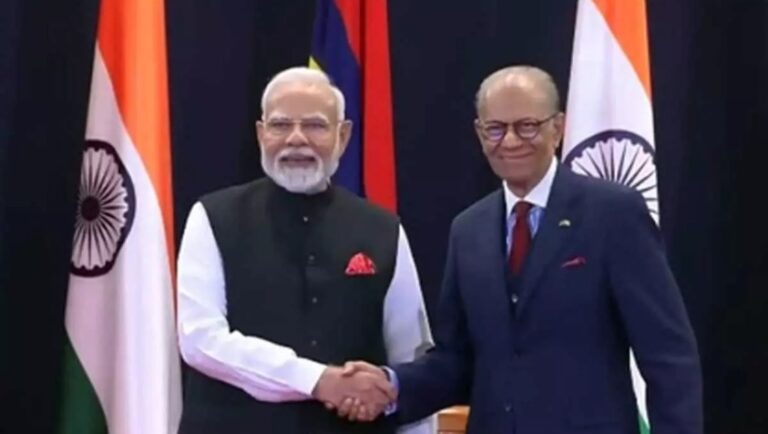
Starlink Set to Revolutionize India’s Internet with Jio and Airtel Partnership
SpaceX’s Starlink, the revolutionary satellite internet service spearheaded by Elon Musk, is gearing up for its much-anticipated launch in India. The company has partnered with telecom giants Jio and Airtel to facilitate its rollout, aiming to bring high-speed internet connectivity to underserved regions, including rural areas, schools, and healthcare centers.
How Jio and Airtel Will Boost Starlink in India
Airtel and SpaceX are collaborating to offer Starlink equipment through Airtel’s retail stores. The partnership aims to enhance connectivity solutions, leveraging Airtel’s infrastructure to integrate Starlink services into its existing network. Similarly, Jio plans to distribute Starlink kits and assist customers with installation and activation, ensuring a smooth user experience. Both telecom providers are also exploring broader collaborations with SpaceX to optimize digital services across India.
How Starlink Works
Unlike traditional internet services that rely on fiber-optic cables or cellular towers, Starlink provides connectivity through a constellation of Low Earth Orbit (LEO) satellites. Users receive a setup kit, including a dish antenna, router, and mounting tripod. The dish must be installed in an open area to receive signals directly from orbiting satellites, which then transmit data to the user’s device via a modem.
Internet Speed and Performance
Starlink boasts impressive speeds ranging from 50 Mbps to 250 Mbps, with upload speeds reaching up to 40 Mbps. Premium users can access speeds of up to 500 Mbps. Unlike traditional satellite internet providers that operate at altitudes of 35,786 km, Starlink’s satellites orbit at just 550 km, significantly reducing latency and improving performance.
The Future of Starlink in India
With Starlink’s cutting-edge technology and its partnership with Jio and Airtel, India’s digital landscape is set for a transformation. The collaboration is expected to bridge the connectivity gap, particularly in remote areas, and contribute to the country’s goal of expanding high-speed internet access nationwide.






